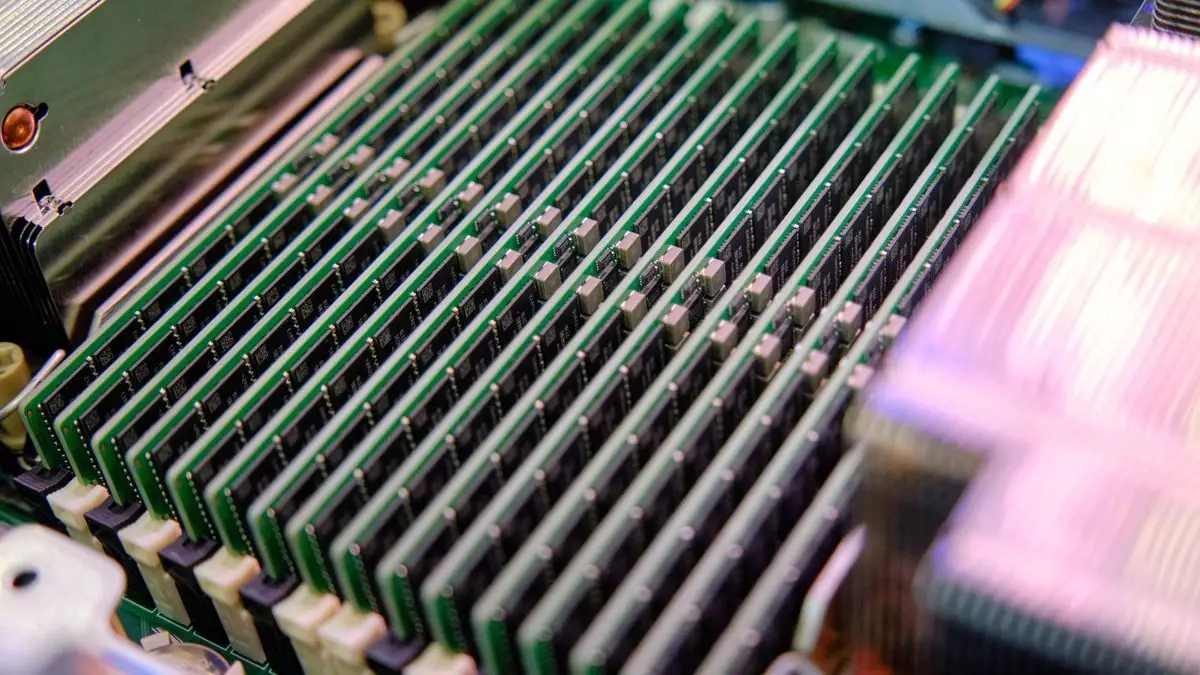In a landscape where data security is paramount, AMD’s Secure Encrypted Virtualization with Secure Nested Paging (SEV-SNP) stands as a cornerstone for confidential computing. Its intricate design seeks to ensure that virtual machines (VMs) operate securely by safeguarding data from unauthorized access, even within a shared hardware environment. The allure of SEV-SNP lies in its ability to provide strong data isolation, making it a desirable option for organizations in comparison to rival technologies such as Intel’s Software Guard Extensions (SGX). However, recent revelations regarding security vulnerabilities raise significant concerns about the efficacy of this technology.
The alarming findings emerged from a paper titled “BadRAM: Practical Memory Aliasing Attacks on Trusted Execution Environments.” This research illuminated a critical security oversight linked to SEV-SNP: specifically, the risk of memory aliasing attacks enabled by relatively inexpensive off-the-shelf devices, such as the Raspberry Pi Pico. By exploiting the memory management mechanisms inherent in SEV-SNP, the researchers demonstrated how attackers could potentially break through the isolation barriers intended to keep sensitive data safe.
Utilizing the Raspberry Pi Pico, they successfully unlocked and modified the Serial Presence Detect (SPD) data in DDR4 and DDR5 memory modules. This manipulation allowed them to create “ghost bits” which evaded detection by the memory controller, resulting in what could culminate in end-to-end attacks capable of manipulating memory mappings or replaying encrypted data. The implications of these vulnerabilities are alarming, particularly for enterprises that rely on AMD’s technology to protect their sensitive workloads.
One of the most disturbing aspects of this security breach is the minimal investment needed to carry out such attacks. The total cost for the necessary equipment is approximately $10, making it accessible to a broad range of potential malicious actors. Although physical access to the target system remains a significant hurdle, the report highlights scenarios where access might be easier than anticipated, such as insider threats from employees within cloud service providers.
This raises critical questions about the integrity of physical security measures commonly adopted in data centers and corporate environments. While it is standard practice to control physical access to sensitive systems fiercely, this incident underscores that even well-protected environments may have vulnerabilities that can be exploited when the right conditions arise.
Upon learning of these vulnerabilities, AMD categorized the issue with a severity rating of 5.3, indicating a medium-level risk. To mitigate these risks, the company has proposed several recommendations, including the utilization of memory modules that can entirely lock SPD information to prevent unauthorized alterations. Furthermore, the importance of stringent physical security measures cannot be overstated; ensuring that unauthorized individuals cannot gain access to critical systems is an essential step in defending against such threats.
The need for continuous advancements in both hardware security and operational protocols is crucial. As the computing landscape evolves, so too must the defensive strategies employed by organizations to remain resilient against malicious activities.
The vulnerabilities exposed in AMD’s SEV-SNP present a stark reminder of the ongoing battle between cybersecurity measures and emerging threats. As organizations increasingly turn to virtualized environments for efficiency and scalability, they must remain vigilant in safeguarding their data against innovative attack vectors. The revelations from the recent research serve as both a warning and a learning opportunity; they underscore the necessity for users of SEV-SNP and similar technologies to enhance their security frameworks while maintaining awareness of both physical and digital threats. Investing in robust security practices is not merely a technical requirement but a critical aspect of sustaining trust and integrity in a data-driven world.

